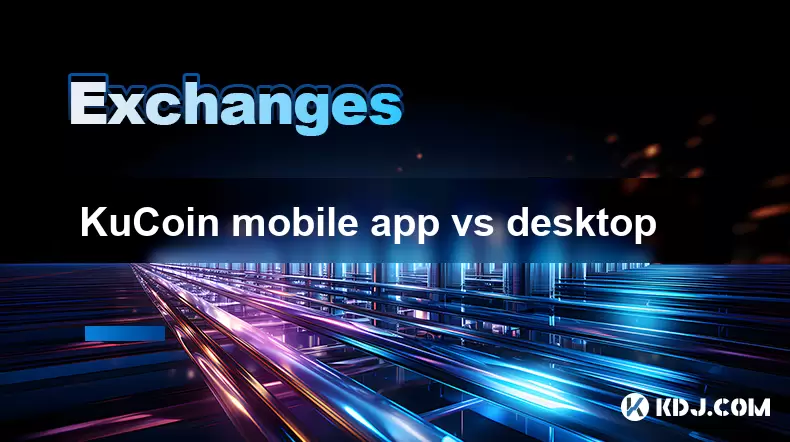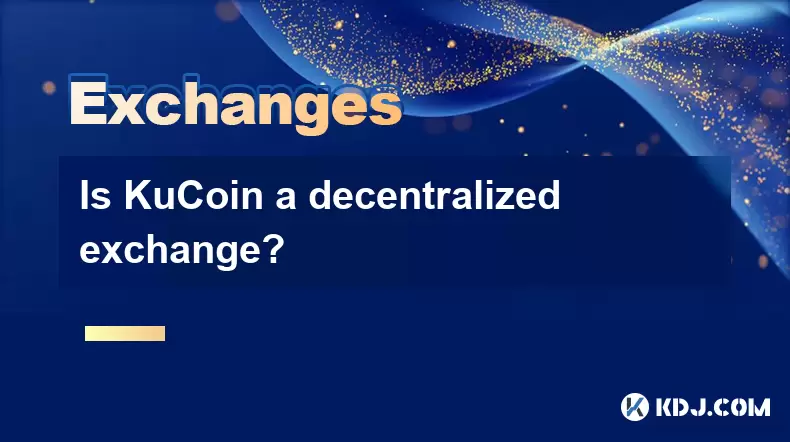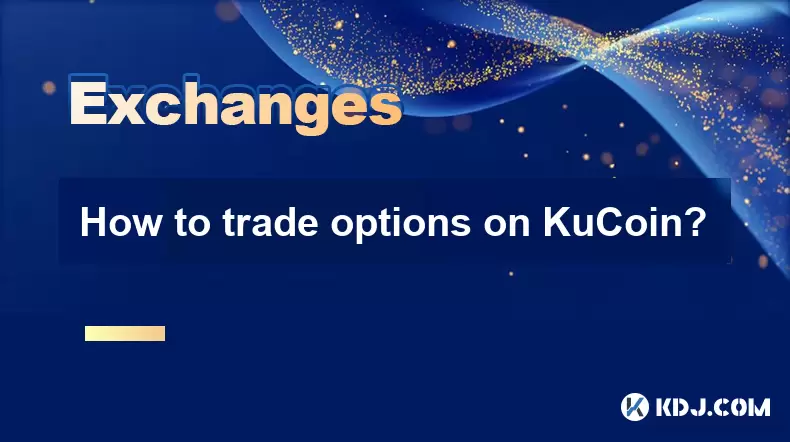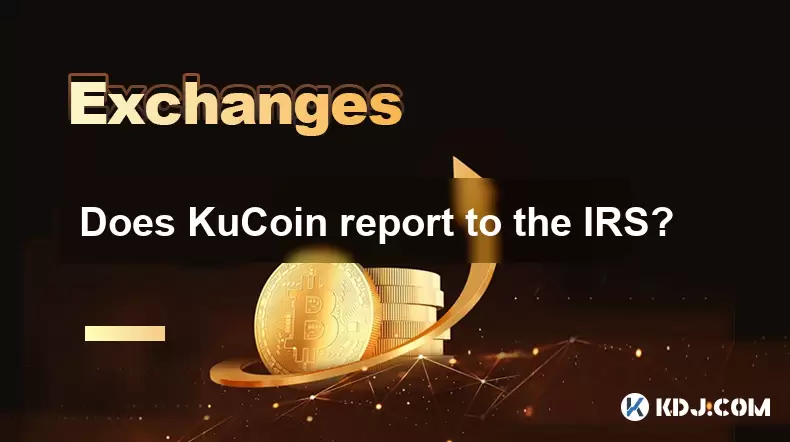-
 Bitcoin
Bitcoin $118300
-0.58% -
 Ethereum
Ethereum $3825
0.11% -
 XRP
XRP $3.137
-0.71% -
 Tether USDt
Tether USDt $0.9999
-0.01% -
 BNB
BNB $803.9
-3.37% -
 Solana
Solana $181.5
-1.94% -
 USDC
USDC $0.9999
0.01% -
 Dogecoin
Dogecoin $0.2238
-2.51% -
 TRON
TRON $0.3358
2.12% -
 Cardano
Cardano $0.7844
-2.16% -
 Hyperliquid
Hyperliquid $43.31
-1.48% -
 Sui
Sui $3.807
-4.04% -
 Stellar
Stellar $0.4203
-1.96% -
 Chainlink
Chainlink $17.79
-3.00% -
 Bitcoin Cash
Bitcoin Cash $567.8
-1.34% -
 Hedera
Hedera $0.2614
-4.30% -
 Avalanche
Avalanche $24.19
-4.46% -
 Litecoin
Litecoin $109.2
-0.74% -
 UNUS SED LEO
UNUS SED LEO $8.969
-0.01% -
 Toncoin
Toncoin $3.404
3.97% -
 Ethena USDe
Ethena USDe $1.001
-0.01% -
 Shiba Inu
Shiba Inu $0.00001307
-3.19% -
 Uniswap
Uniswap $10.33
-1.23% -
 Polkadot
Polkadot $3.884
-4.06% -
 Monero
Monero $312.9
-1.87% -
 Dai
Dai $1.000
0.01% -
 Bitget Token
Bitget Token $4.537
-2.24% -
 Pepe
Pepe $0.00001156
-3.40% -
 Cronos
Cronos $0.1437
-0.89% -
 Aave
Aave $282.8
-2.77%
how coinbase fees work
Coinbase charges various types of fees depending on the transaction type, including trading fees, withdrawal fees, and deposit fees, with trading fees being tiered based on trading volume and varying by account level and asset.
Oct 27, 2024 at 10:37 pm

Understanding Coinbase Fees: A Comprehensive Guide
1. Types of Coinbase Fees
Coinbase charges various types of fees depending on the transaction type:
- Trading Fees: Paid for buying, selling, or converting cryptocurrencies. These fees vary based on your trading volume and payment method.
- Withdrawal Fees: Charged when transferring cryptocurrency out of your Coinbase account to an external wallet or exchange. Fees depend on the coin and blockchain network.
- Deposit Fees: May apply for certain deposit methods, such as bank transfers or SEPA payments.
2. Trading Fee Structure
Trading fees on Coinbase are tiered, meaning they decrease as your trading volume increases. The fees are calculated as a percentage of your transaction value:
- Maker Fees: Paid by users who place limit orders that add liquidity to the market. They are typically lower than taker fees.
- Taker Fees: Paid by users who place market orders that execute immediately. They are higher than maker fees.
The specific trading fee structure depends on your account level and the asset being traded. You can view the current fee schedule on Coinbase's website.
3. Withdrawal Fee Structure
Withdrawal fees vary based on the coin and blockchain network used. Coinbase charges a flat fee for some coins, while fees for others are based on the transaction size or network congestion.
- Flat Fees: Fixed withdrawal fees for specific coins, such as Bitcoin and Ethereum.
- Network Fees: Fees charged by the blockchain network to facilitate the transaction. These fees can fluctuate based on network usage.
You can check the estimated withdrawal fee for a specific coin on Coinbase's website.
4. Deposit Fee Structure
Coinbase may charge deposit fees for certain payment methods, such as:
- Bank Transfers: Free for ACH (Automated Clearing House) transfers. Other bank transfer options may incur fees.
- Debit/Credit Cards: Typically carry a fee between 2-4% of the transaction value.
- PayPal: May incur a variable transaction fee.
The specific deposit fees depend on your payment method and location. You can view the current fee schedule on Coinbase's website.
5. How to Avoid or Reduce Fees
There are several ways to avoid or reduce fees on Coinbase:
- Limit Orders: Using limit orders instead of market orders can help you qualify for lower maker fees.
- Coinbase Pro: For advanced traders, Coinbase Pro offers lower trading fees than the standard Coinbase platform.
- USD Coin (USDC): Trading USDC typically incurs lower trading fees than other cryptocurrencies.
- Holding Coinbase One: A subscription service that, among other benefits, reduces trading fees and provides free withdrawals for select coins.
By understanding the different types of Coinbase fees and available options, you can optimize your trading and withdrawal strategies to minimize costs.
Disclaimer:info@kdj.com
The information provided is not trading advice. kdj.com does not assume any responsibility for any investments made based on the information provided in this article. Cryptocurrencies are highly volatile and it is highly recommended that you invest with caution after thorough research!
If you believe that the content used on this website infringes your copyright, please contact us immediately (info@kdj.com) and we will delete it promptly.
- UNITE, KuCoin, and the Future of Mobile Gaming: A New York Minute on Web3
- 2025-07-30 16:30:12
- Strategy, Bitcoin, Investment: Riding the Crypto Wave Like a Pro
- 2025-07-30 16:30:12
- JD.com, Jcoin, and Stablecoins: Hong Kong's Regulatory Embrace
- 2025-07-30 16:50:11
- Pi Network, Onramp Money, and Wallet Fails: What's the Deal?
- 2025-07-30 16:50:11
- PENGU Price Primed for Liftoff? Bullish Rally Signals Emerge
- 2025-07-30 16:55:12
- Dogecoin's Wild Ride: Token Unlocks, Circulation, and the $1 Dream
- 2025-07-30 16:55:12
Related knowledge

KuCoin mobile app vs desktop
Jul 19,2025 at 08:35am
Overview of KuCoin Mobile App and Desktop PlatformThe KuCoin ecosystem offers both a mobile app and a desktop platform, each designed to cater to diff...

Is KuCoin a decentralized exchange?
Jul 18,2025 at 03:15pm
Understanding Decentralized Exchanges (DEXs)To determine whether KuCoin is a decentralized exchange, it's essential to first understand what defines a...

How to trade options on KuCoin?
Jul 19,2025 at 03:42am
Understanding Options Trading on KuCoinOptions trading on KuCoin allows users to speculate on the future price movements of cryptocurrencies without o...

What are KuCoin trading password rules?
Jul 20,2025 at 07:56am
Understanding the Purpose of a Trading Password on KuCoinOn KuCoin, a trading password serves as an additional layer of security beyond the standard l...

Does KuCoin report to the IRS?
Jul 27,2025 at 05:01am
Understanding the Reporting Obligations of KuCoinCryptocurrency exchanges are increasingly under scrutiny from global tax authorities, and KuCoin is n...

Who is the CEO of KuCoin?
Jul 20,2025 at 09:35am
Background of KuCoinKuCoin is one of the largest cryptocurrency exchanges globally, known for its diverse range of trading pairs and user-friendly int...

KuCoin mobile app vs desktop
Jul 19,2025 at 08:35am
Overview of KuCoin Mobile App and Desktop PlatformThe KuCoin ecosystem offers both a mobile app and a desktop platform, each designed to cater to diff...

Is KuCoin a decentralized exchange?
Jul 18,2025 at 03:15pm
Understanding Decentralized Exchanges (DEXs)To determine whether KuCoin is a decentralized exchange, it's essential to first understand what defines a...

How to trade options on KuCoin?
Jul 19,2025 at 03:42am
Understanding Options Trading on KuCoinOptions trading on KuCoin allows users to speculate on the future price movements of cryptocurrencies without o...

What are KuCoin trading password rules?
Jul 20,2025 at 07:56am
Understanding the Purpose of a Trading Password on KuCoinOn KuCoin, a trading password serves as an additional layer of security beyond the standard l...

Does KuCoin report to the IRS?
Jul 27,2025 at 05:01am
Understanding the Reporting Obligations of KuCoinCryptocurrency exchanges are increasingly under scrutiny from global tax authorities, and KuCoin is n...

Who is the CEO of KuCoin?
Jul 20,2025 at 09:35am
Background of KuCoinKuCoin is one of the largest cryptocurrency exchanges globally, known for its diverse range of trading pairs and user-friendly int...
See all articles

























































































